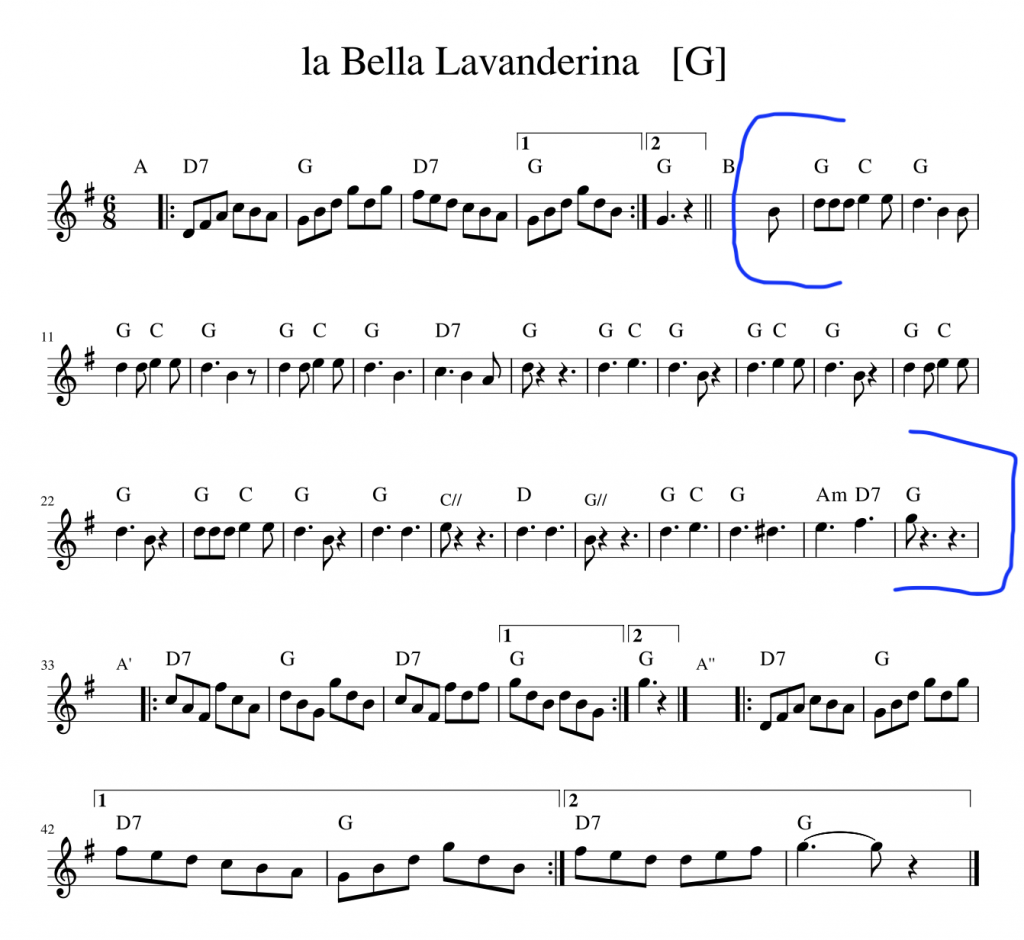In the course of developing the musical elements for my project, I initially explored an approach influenced by Joe Hisaishi’s compositional style and the technique of Mickey Mousing. While my intuitive inclination and earlier research guided me in this direction, I found the results unsatisfactory both aesthetically and narratively. The overly literal synchronisation of music to story events felt intrusive and diminished the subtlety I hoped to achieve. Consequently, I made the decision to abandon this approach and begin anew.
Following a constructive conversation with a peer, I revised my strategy to include a musical introduction, an underscore for the story’s climax, and an outro. This framework allowed me to integrate music in a way that enhances the emotional resonance of the narrative without overwhelming the auditory landscape. By adopting this more restrained and purposeful use of music, I aim to contribute to a more immersive and balanced storytelling experience.
In reimagining the underscore, I revisited a leitmotif I had previously developed for the character of Aurelia. I decided that the most effective creative direction would be to base the new composition on the traditional Italian folk song La Bella Lavanderina. This song, with its distinctive melody and cultural familiarity, provided a strong thematic anchor for the emotional tone I wanted to convey.
I located the piano sheet music for La Bella Lavanderina and focused on its most recognisable musical phrase:

From there, I began to experiment with variations in key, tempo, and harmony. By altering the melodic line slightly and incorporating both minor and major tonalities, I was able to evoke a more complex emotional atmosphere—one that borders on the melancholic and nostalgic. These tonal shifts created a sense of musical dissonance that, rather than feeling awkward, seemed to reflect the inner emotional landscape of the characters and narrative arc more authentically.
This process of musical adaptation enabled me to preserve a sense of thematic continuity while simultaneously imbuing the piece with a deeper emotional undercurrent. In doing so, I sought to craft a score that was not only musically engaging but also narratively meaningful. The resulting composition serves as a subtle emotional thread throughout the work, connecting the audience more intimately to the story’s emotional highs and lows.
Overall, this iterative process has underscored the value of critical reflection and creative flexibility in my compositional practice. By stepping back from an approach that initially seemed promising but proved limiting, I was able to discover a musical language more aligned with the emotional intentions of the piece.
Leave a Reply